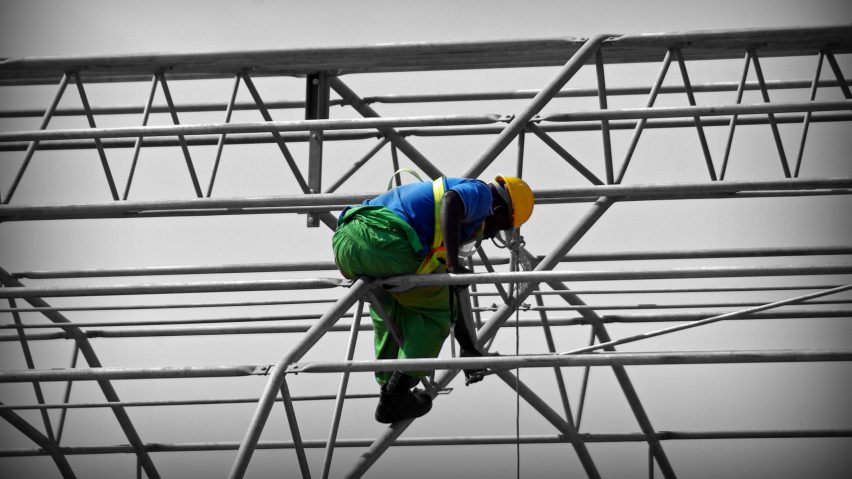
Construction workers suffer highest death rate from opioid overdoses in Massachusetts
A new study of opioid-related overdose deaths in Massachusetts has found that the construction industry is the worst affected, while architecture and engineering are the only occupations to have a higher death rate among women than men.
Published this month by the Massachusetts Department of Public Health, the report follows a major opioid epidemic in the state, which saw fatalities from overdosing on the highly addictive narcotics more than double between 2011 and 2015.
In order to find a cause and solution for the issue, the Opioid-related Overdose Deaths in Massachusetts by Industry and Occupation survey used death certificates from this period to source data about industry and occupation, gender, race and age among those affected.
A total of 5,580 Massachusetts residents died from opioid-related overdoses during this time, but some were excluded from the study because they were out of state or out of work at the time of death, or the certificates lacked sufficient information.
Out of those surveyed, the highest amount of deaths were found among construction and extraction workers, who made up more than 24 per cent of the total.
Report calls for improved working conditions for construction workers
Analysis by the authors attributes this to a high amount of injuries occurred on site, quoting a statistic that four out of every 100 construction workers are hurt on the job.
The report therefore calls for interventions to "address workplace hazards".
"Pain is a common feature among injured workers and previous research indicates that opioids are frequently prescribed for pain management following work-related injuries, which has the potential to lead to opioid use disorders," said the study, which was first reported by the Architect's Newspaper.
As the results were so high within the construction industry, the survey segmented this workforce into different tasks.
The labourers group had the highest number of deaths, followed by carpenters; painters, construction and maintenance workers; pipe layers, plumbers and pipe-fitters; steamfitters; and roofers.
Brick, block and stone masons; structural iron and steel workers, and insulation workers all also had high fatalities.
Architecture and engineering only occupations to have higher female opioid deaths
The Massachusetts Department of Public Health divided those surveyed into a total of 25 industry sectors, including arts, design and entertainment, which came 12th, and architecture and engineering, which ranked 15th.
Comparing by gender, the survey found that more males died from opioid overdoses than females. But the report highlights that the architecture and engineering field is the only one to have higher fatalities in women than men.
"The rates of opioid-related overdose death was higher among males than females for all occupation groups except architecture and engineering occupations, but these differences were not always statistically significant," it said.
While the survey associates the high death rate in the construction industry to occupational hazards, it draws more general observations for other industries. Among the key contributing factors listed are poor paid sick leave, which would prevent employees from taking time off to recover from injury and illness, and low job security.
Opioid overdose a "major public health crisis" in US
It also suggests that better education be provided about opioids, which are causing what the US National Institute on Drug Abuse describes as a "major public health crisis".
Recent results have found that over 115 people die each day in the US after overdosing on opioids, with many incidents involving prescription painkillers.
The medication is also extremely addictive, causing many to turn to heroine as a substitute. US president Donald Trump is planning to address the problem by cutting back on the amount of opioid prescriptions.
Photograph by Flickr user J J, and has been cropped by Dezeen.